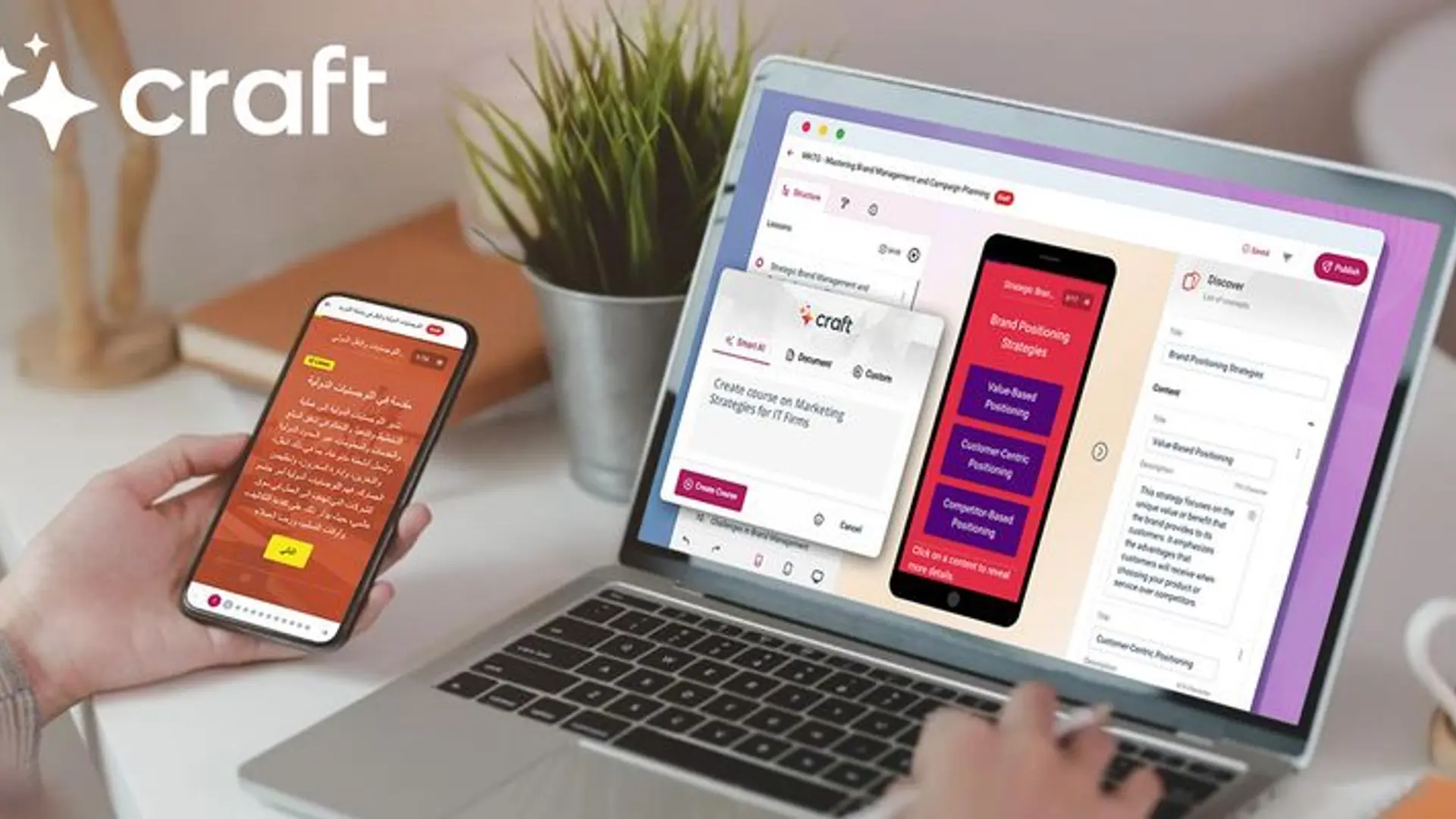Why India needs a better road-map for recruitment
India has once again topped the list of the fastest growing economies in the world with a projected growth rate of 7.9 percent annually, thanks to the expansion of key industries like retail, IT, and banking in the country. According to reports, this growth rate is expected to continue for the next decade since India’s productive capabilities far exceed expectations of the current income level. The country’s market is immense and an extremely liquid one; in fact, most industries now have turnovers of billions and are among the largest in the world.
A recent study conducted by LinkedIn in India also revealed that one million people enter the job market every month and that the country has the highest percentage of the workforce that is “actively seeking a new job”. This can probably be attributed to the fact that the nation currently has the largest population of youth in the world, around 600 million, or more than half the population is below 25 years of age. This means that India is likely to have the largest workforce in the world by 2027.
Human resources are currently among the most important factors for development. Hence, while the numbers in the country are encouraging, the statistics are not. Only about 35 percent of graduates in the country are immediately employable and illiteracy remains rampant. Thus, recruiters in India face considerable pressure to attract and retain top talent, and job seekers have to go the extra mile for that dream job.

The challenges that recruiters face
Drawing candidates with multiple offers
The biggest challenge that recruiters face now is closing desirable candidates. These closing techniques should never be manipulative; instead, recruiters should convey the truth in the most persuasive way possible. The most important aspect is that recruiters should take the time out to ensure that the candidate feels valued. Their prospects in the company, the company culture, and other aspects that set the company apart should be discussed at length during the interview process. A speedy hiring process can also ensure that candidates have less time to over-think and connect with other companies.
Facing a pile of unsuitable applications and CVs
Most candidates today apply for numerous jobs online, whether or not it actually matches the job profile that they are seeking, since the process usually takes them no longer than 10 minutes or so. This means a daunting task for the recruiters who have to rifle through these CVs. Instead, they should try to leverage technology that has made this process far simpler and more effective, by giving easy access to the role-specific resumes on a website or by asking candidates for easily comprehensible visual resumes. Many companies are now encouraging resumes that can be retrieved through QR codes so that they can be scanned and accessed anytime, anywhere.
Recruiters should encourage candidates to opt for this technology. For further filtration, they can also ask candidates to complete a set of tasks before they appear for the interview, such that it helps eliminate those who are not serious about the job.
Lack of attention to details
Most recruiters, whether they are veterans or novices, sometimes get overconfident, which turns candidates off immediately and will also give the company or agency a bad name. Very often, even experienced recruiters can make the most common mistakes like not being good listeners and constantly interrupting candidates during the process, or conducting the interview process in a robotic manner with no consideration for the potential hire, or becoming complacent and rushing through the process to secure a hire without considering all the candidates, resulting in the business missing out on a better-suited candidate.
Challenges that job seekers face
Getting noticed
Candidates who apply for entry-level jobs, in particular, need to have CVs and cover letters that stand out from the thousands of applications that recruiters are likely to receive. Their applications should be concise, to the point, and should reflect the skills that the job description states. Applicants should try and edit their CV as per each job that they apply to. Social media is also a sure-fire way to draw the attention of recruiters. Submitting a visual CV can also help an applicant stand out, especially in fields which call for creativity such as journalism or advertising.
A job seeker’s lack of understanding of the job description
This is a particularly common problem that those who are seeking jobs in the technical fields face. This can be frustrating for the job seeker since their CVs usually need to contain the exact keywords and catch-phrases that the recruiter is looking for to be considered for the job. An alternative would be to engage with the recruiter better by sending them a personal message or by speaking to them over the phone to explain their prior experience and training better.
The expression ‘closing techniques’ usually brings to mind the worst possible recruiter stereotype. This has a negative effect on both the recruiters as well as the applicants. People are essential to the success of a business and technology is slowly making bringing these people on-board easier. This is a godsend for both recruiters and job seekers who can now use HR analytics, social media, and AI to help them in their respective tasks.
Srinivas Varahagiri is the Founder-Director of Hullojobs.
(Disclaimer: The views and opinions expressed in this article are those of the author and do not necessarily reflect the views of YourStory.)







